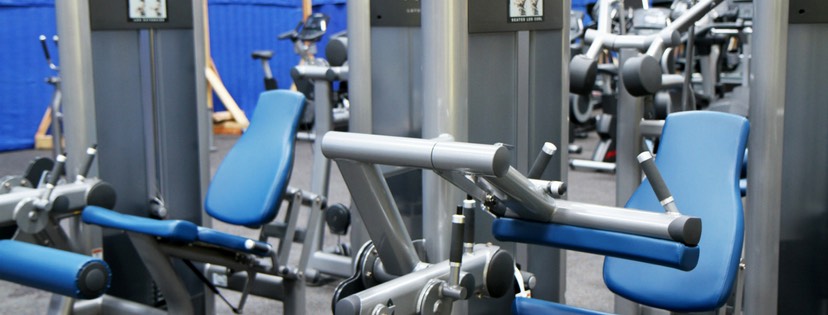
At Rebalance, many of our patients come to see us for hip, pelvis, low back, SI, neck and/or shoulder issues. Due to these injuries, we often find that the adductors, superficial abdominals, and pecs tend to be overly tight. Because of this, our initial recommendations to most of our clients is to avoid working these areas all together.
Based on that, we wrote a blog post last week on the modifications we typically tell people for their gym workout. Our post received some very strong feedback from our personal trainer friends, specifically one of our favorite personal trainers, Max Calder, the owner of Anytime Fitness.
Max’s strong response gave us the opportunity to start a discussion on this topic.
We want to clarify our stance on gym workouts. If you’re knowledgeable about your body mechanics and appropriate range of motion, working out in a balanced manner or working with an experienced personal trainer or have been trained about the proper way to use the machines, weight machines are a perfectly fine addition to your workout routine.
However, if you’re experiencing pain, recovering from injury or do not know how to properly use the weight machine we recommend either avoiding them or working with a personal trainer to integrate them safely into your workout.
Here’s what Max had to say about it:
“We feel there are always risks involved with most any exercise and/or machine. The issues come up depending on who is using the machine, their injuries/goals/contraindications, the range of motion being used, how much resistance is being used, what kind of speed, if they are breathing, etc.
The point is, it’s too general to say deadlifts are bad for people with low back issues because while they could in fact seriously injure someone doing them incorrectly, they could equally benefit the same person using correct form and resistance. All the machines ‘to avoid’ are in fact very useful and perfectly safe for most people if used correctly.”
We agree with Max that correct form is key, and it’s important to learn HOW to do the exercises.
In-Person and Online Consultations


